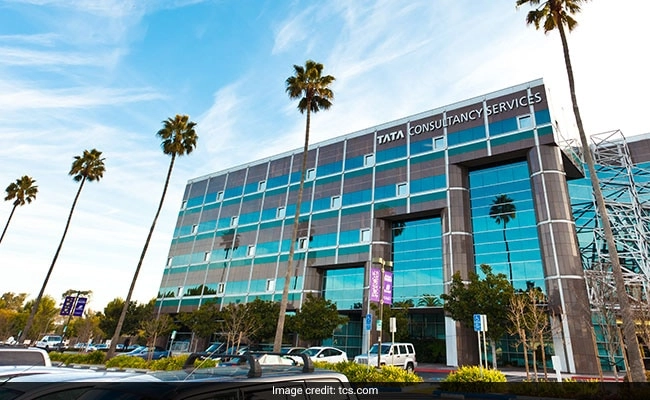In recent months, Ayodhya has witnessed a significant surge in land prices, attributed primarily to a dramatic increase in circle rates, which have risen by as much as 200 percent. This sudden escalation has sparked considerable interest among investors and developers eager to capitalize on the potential economic growth in the region. Circle rates, which serve as the minimum price at which transactions can occur, are typically adjusted to reflect market trends and government policy changes. The recent hike is largely seen as a response to the growing prominence of Ayodhya as a religious and cultural destination, particularly following the long-anticipated construction of the Ram Temple, which has drawn national and international attention.
The implications of these soaring land prices are multifaceted. On one hand, the increased circle rates could lead to a substantial influx of investment in real estate and infrastructure, fostering economic development in the area. This growth could create job opportunities and improve living standards for local residents. On the other hand, the steep rise in land prices may also pose challenges for ordinary citizens and small businesses, potentially making it more difficult for them to secure affordable land for residential or commercial purposes. As the demand for land continues to escalate, balancing the interests of large investors with those of the local community will be crucial.
Moreover, the situation in Ayodhya may serve as a microcosm of broader trends occurring in other parts of India where religious and cultural heritage sites are increasingly becoming focal points for economic development. As cities and towns around such sites experience similar spikes in land prices, it raises important questions about urban planning, sustainability, and community engagement. Policymakers will need to carefully consider how to manage this growth in a way that is inclusive and equitable, ensuring that the benefits of development are shared widely rather than concentrated in the hands of a few.
In conclusion, the soaring land prices in Ayodhya, driven by the substantial hike in circle rates, represent both an opportunity and a challenge for the region. While the potential for economic development is significant, it is essential to address the needs of the local population to ensure that the benefits of growth are accessible to all. As Ayodhya continues to evolve as a key religious and cultural hub, the way in which land use and development are managed will play a pivotal role in shaping its future. Stakeholders, including government officials, investors, and community members, must work collaboratively to navigate this changing landscape effectively.




